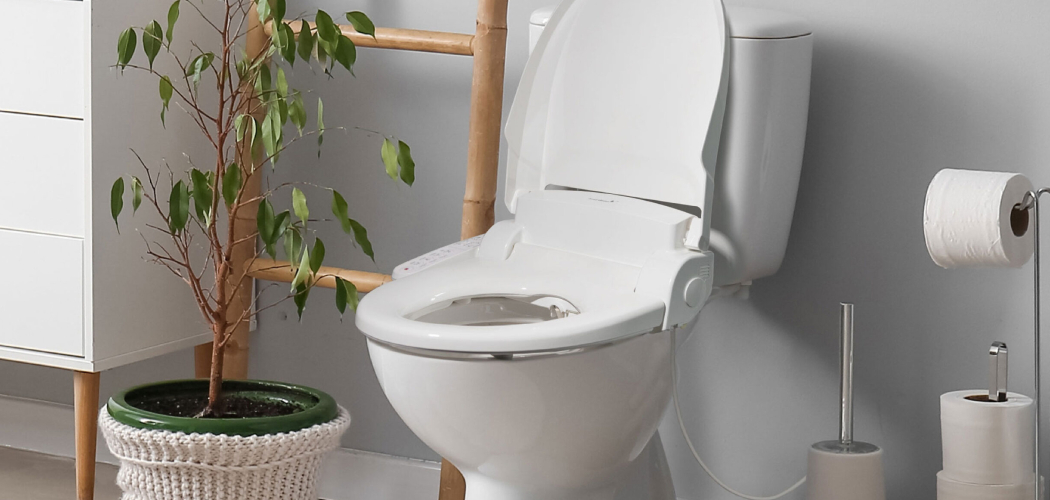Keeping your Bio Bidet nozzle clean is essential for maintaining hygiene and ensuring optimal performance. Regular cleaning not only prevents the buildup of residue but also prolongs the lifespan of your bidet. This guide will walk you through the simple steps of how to clean bio bidet nozzle, ensuring it remains in peak condition for everyday use.
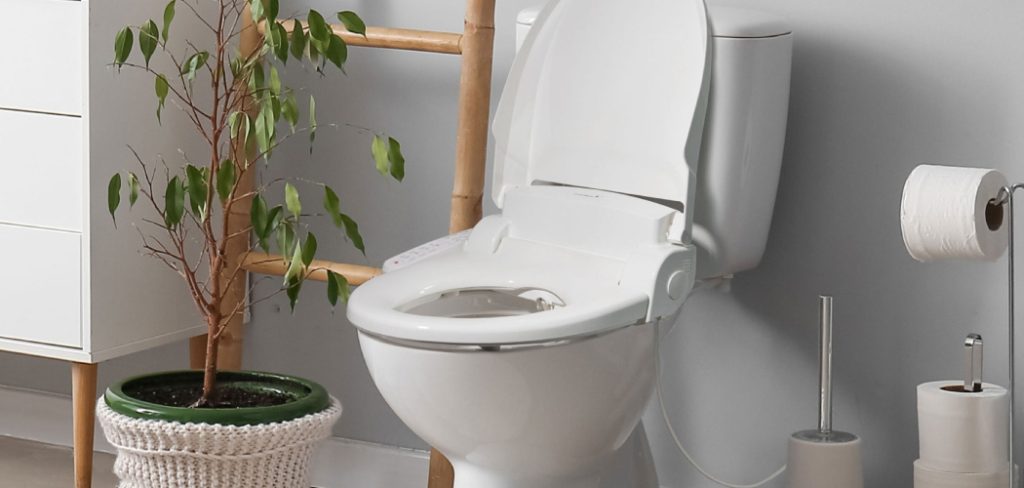
Benefits of a Clean Nozzle
Maintaining a clean Bio Bidet nozzle offers numerous benefits that directly enhance your hygiene and comfort. A clean nozzle ensures proper water flow, providing a more effective and consistent cleaning experience. It also helps prevent the buildup of bacteria and mineral deposits, reducing the risk of odors and contamination.
Furthermore, regular cleaning extends the lifespan of your bidet by preventing clogging or damage caused by residue accumulation. By keeping the nozzle clean, you can enjoy peace of mind knowing your bidet functions optimally and promotes better personal hygiene every day.
Materials and Tools Needed
To effectively clean your bidet nozzle, you will need the following materials and tools:
- A soft cloth or microfiber towel
- Mild soap or a non-abrasive cleaning solution
- A small brush with soft bristles (e.g., a toothbrush)
- Warm water
- A clean container or spray bottle for rinsing
- Cotton swabs (optional, for detailed cleaning)
Having these items on hand will make the cleaning process easier and ensure the nozzle is thoroughly and safely cleaned without causing any damage.
10 Methods How to Clean Bio Bidet Nozzle
1. Use Warm Water and Mild Soap for a Gentle Cleaning
The first and most basic method for cleaning your Bio Bidet nozzle is using warm water and a mild soap. Start by turning off the bidet’s power supply and water source to ensure your safety. Gently remove the nozzle or retract it, depending on your model. Prepare a solution of warm water mixed with a small amount of mild soap or liquid dish detergent.
Using a soft cloth or sponge, dip it into the soapy water and gently wipe the nozzle’s surface. This method will help remove any minor dirt, dust, or residue that has accumulated over time without damaging the nozzle’s delicate mechanisms. Always be cautious not to use any abrasive sponges or harsh cleaning agents, as they could scratch or damage the surface.
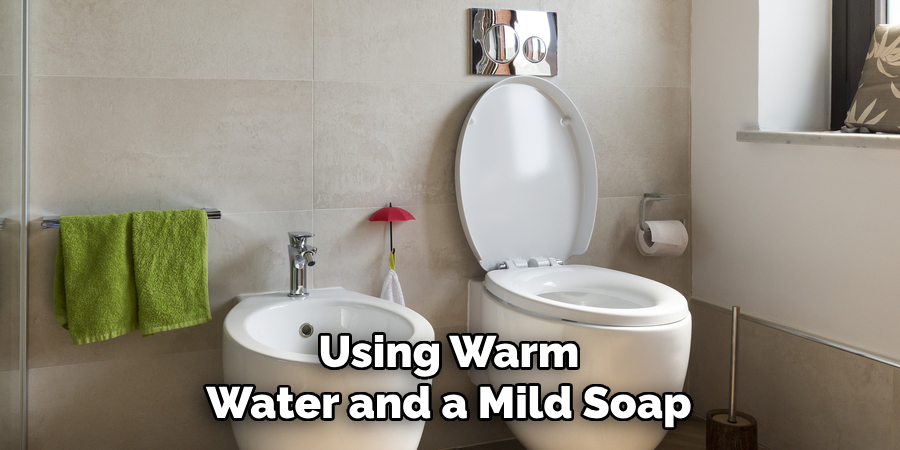
2. Disassemble the Nozzle for Deeper Cleaning
For a more thorough cleaning, it may be necessary to disassemble the nozzle. Depending on the model of your Bio Bidet, you may need to consult the user manual for specific instructions on how to remove the nozzle safely. Once you’ve detached the nozzle from the main unit, you can soak it in a mixture of warm water and vinegar for about 30 minutes.
This solution works effectively to dissolve mineral deposits and other build-ups that could affect the spray performance. After soaking, use a soft brush, like an old toothbrush, to scrub any remaining dirt, grime, or hard water deposits from the nozzle and its components. Rinse the nozzle thoroughly with clean water to ensure that all soap and vinegar are removed before reattaching it.
3. Use Vinegar for Hard Water Deposits
Hard water can leave mineral deposits on your Bio Bidet nozzle, which may cause clogging or reduce the effectiveness of the spray. Vinegar is an excellent natural solution to break down these deposits. To clean with vinegar, mix equal parts of distilled white vinegar and water in a spray bottle or small container.
Spray or pour the solution onto the nozzle and let it sit for 15-20 minutes. The vinegar will help loosen and dissolve any calcium or lime build-up. After the wait time, use a soft brush or cloth to gently scrub the nozzle. Rinse thoroughly with warm water to ensure no vinegar remains, as the acidic nature could potentially corrode the bidet over time.
4. Perform a Nozzle Clean Cycle (If Available)
Many modern Bio Bidet models come with a self-cleaning function designed specifically for the nozzle. If your bidet has this feature, it’s a great and effortless way to maintain cleanliness. Simply activate the self-cleaning function, usually by pressing a designated button on the control panel or remote control.
The bidet will automatically run water through the nozzle at high pressure, which will flush away any residue or debris. While this method may not provide as thorough a cleaning as manual methods, it’s a great way to perform regular maintenance without disassembling anything. It’s a quick, simple, and efficient option for keeping the nozzle in good working condition.
5. Use a Toothbrush to Clean the Nozzle
A toothbrush is an excellent tool for cleaning the Bio Bidet nozzle, as it allows you to reach all the nooks and crannies of the nozzle without causing damage. After removing the nozzle or retracting it, dip the toothbrush in warm water mixed with a small amount of mild soap or vinegar. Use the toothbrush to gently scrub the nozzle’s surface and any tight spots where residue might build up.
Pay particular attention to the nozzle holes or jets where water exits, as these areas can become clogged with minerals or dirt over time. A toothbrush can help break down tough build-up in these hard-to-reach areas. Once done, rinse the nozzle under running water to ensure it is free from soap or vinegar.
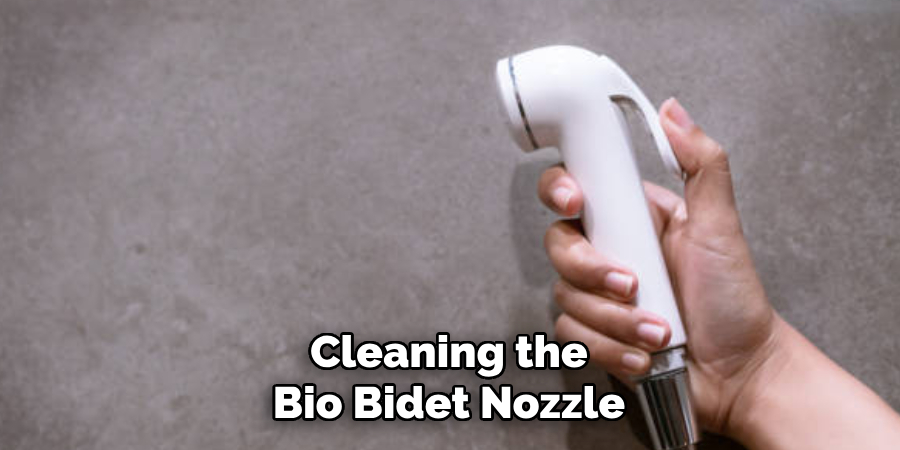
6. Use a Compressed Air Can to Clear Debris
Another effective method to clean your Bio Bidet nozzle, especially if it’s clogged, is to use a can of compressed air. Compressed air is great for blasting away any debris or dirt that may be stuck inside the nozzle or nozzle jets.
First, ensure that the nozzle is retracted or removed, depending on your model. Hold the compressed air nozzle a few inches away from the nozzle, and briefly spray a few bursts of air. This will help dislodge any particles blocking the water flow. Be sure to do this in a well-ventilated area or over a towel to catch any debris that may come loose. This quick and easy method works especially well for preventing clogs from forming in the first place.
7. Use Baking Soda Paste for Stubborn Stains
If you notice that there are stubborn stains or deposits on your Bio Bidet nozzle that won’t come off with soap or vinegar, baking soda can be a helpful remedy. Create a paste by mixing baking soda with a small amount of water until it forms a thick, spreadable consistency.
Apply the paste to the affected areas of the nozzle, focusing on any spots with visible stains or build-up. Let the paste sit for 10-15 minutes, allowing the mild abrasive action of the baking soda to lift away the grime. Afterward, scrub gently with a toothbrush or cloth, then rinse thoroughly with warm water to ensure the paste is fully removed.
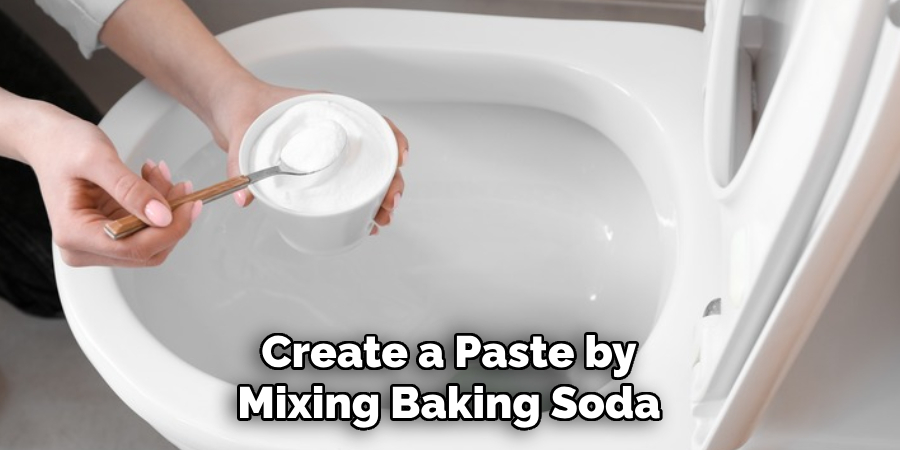
8. Use Disinfectant Wipes for Quick Cleaning
For a quick and easy way to disinfect the Bio Bidet nozzle between deeper cleanings, consider using disinfectant wipes. Choose a non-toxic, eco-friendly disinfectant wipe that is safe for use on delicate surfaces like your Bio Bidet. Wipe down the nozzle and surrounding areas to remove any surface germs or bacteria. While this method won’t provide a deep clean or remove stubborn mineral deposits, it’s an excellent way to maintain hygiene on a daily basis. Just ensure that the disinfectant wipes are not too abrasive and are free from harsh chemicals that could damage the nozzle over time.
9. Clean the Nozzle After Each Use
One of the easiest ways to maintain the cleanliness of your Bio Bidet nozzle is to clean it after every use. This can be done simply by activating the bidet’s self-cleaning feature, if available, or by manually wiping down the nozzle with a damp cloth. The more frequently you clean the nozzle, the less likely build-up will occur, making future deep cleaning sessions easier and faster. Keeping the nozzle clean after each use also helps maintain a hygienic environment for both the user and the bidet itself.
10. Regularly Inspect for Wear and Tear
Finally, it’s essential to regularly inspect the nozzle for any signs of wear and tear. Over time, components such as the nozzle seals or jets may degrade, leading to reduced performance or water leakage. If you notice any cracks, tears, or malfunctions, it may be time to replace parts of the nozzle or the entire unit. Regularly checking for wear can help prevent larger issues and ensure that your Bio Bidet continues to function properly. Replacing parts as needed will keep your bidet in optimal condition for years.
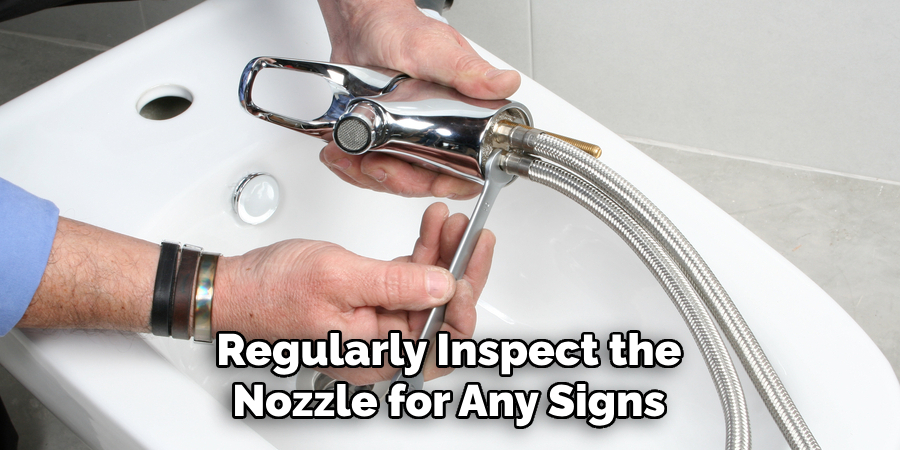
Conclusion
Maintaining the cleanliness of your Bio Bidet nozzle is essential for both hygiene and optimal performance. With these 10 methods, you can ensure that your bidet remains fresh, efficient, and free from unpleasant odors. By incorporating regular cleaning habits, using natural solutions like vinegar and baking soda, and inspecting the nozzle for issues, you can extend the life of your Bio Bidet and keep it functioning at its best. Whether you prefer a deep clean or a quick touch-up, these methods will help you achieve the results you desire.

